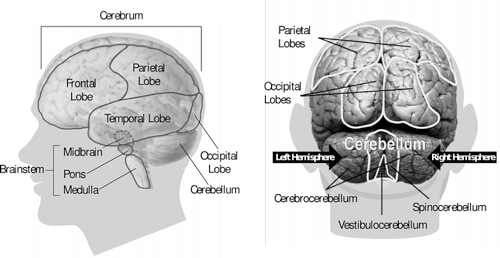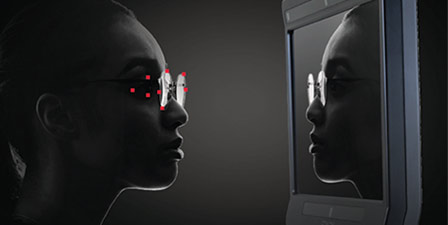 Receiving phone calls from scared patients happens daily. It is up to a well-educated and well-trained staff to triage those calls. One of the most concerning calls we receive is from patients who have sudden vision loss. It is frightening. Many patients fear that they are having a stroke. In most cases, the cause of the vision loss can be something as simple as a migraine, but any patient with sudden vision loss must be referred to the doctor.
Receiving phone calls from scared patients happens daily. It is up to a well-educated and well-trained staff to triage those calls. One of the most concerning calls we receive is from patients who have sudden vision loss. It is frightening. Many patients fear that they are having a stroke. In most cases, the cause of the vision loss can be something as simple as a migraine, but any patient with sudden vision loss must be referred to the doctor. There are many types of migraines, including different ocular migraines. These are migraines that cause some type of visual disturbance. The disturbances can be blind spots in vision, zig zag lines, flashes or pulsating lights, neon shapes, or kaleidoscope-like images may appear. These ocular migraines can also be followed by head pain, but in some instances, it is only the distorted vision.
There are two main types of ocular migraines, one is Migraine with Aura. This type of migraine will include the visual disturbances, such as the blind spots, flashes of light, and odd patterns. But these impairments only last a brief period, 15 minutes to 60 minutes is very normal. These auras can also affect other senses and can interfere with a patient’s speech, motor skills, and other central nervous symptoms. The auras can cause head pain or headache, but the duration of the headache is usually short. This happens to approximately 20% of patients who suffer from ocular migraines.
The second type of ocular migraine is a retinal migraine. A retinal migraine is a visual disturbance that can occur in one eye before or during a migraine attack. Retinal migraine symptoms are much more intrusive. Many patients will see flashes of lights, decreased vision, or even temporary blindness.

With migraines there are often triggers; bright lights, flashing lights, eye strain, spending extended periods in poor lighting situations, driving for prolonged periods. If a patient can figure out their trigger, they can try to avoid them as much as possible. Doing this can help avoid the migraine attacks.
It is a must to bring these patients in quickly to make sure that they are not having a stroke due to the similarity in symptoms. Once a stroke is ruled out, educating the patient about an ocular migraine and how to help avoid them will help calm the patient. If the attacks continue and over the counter medications do not help, a prescribed medication from a general practitioner or neurologist may be needed.












